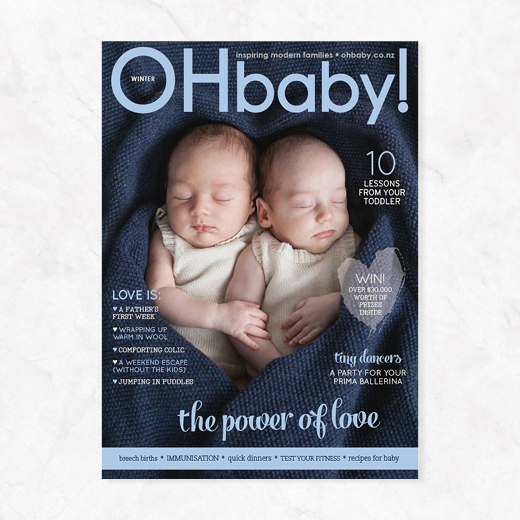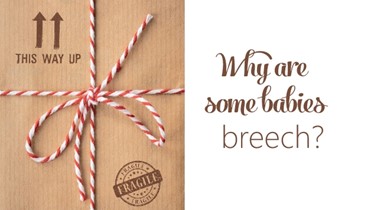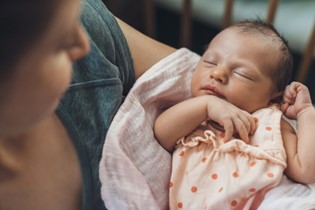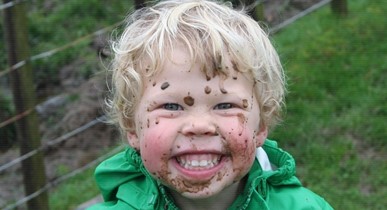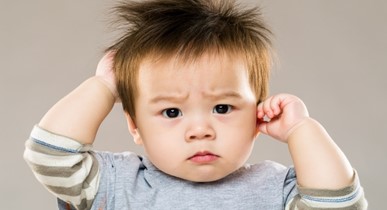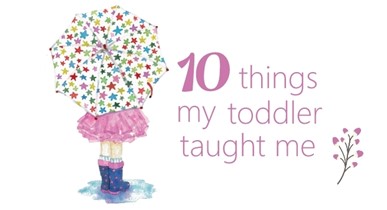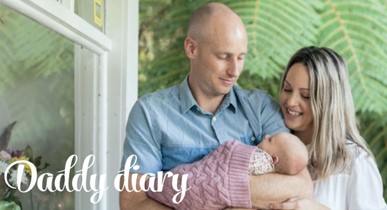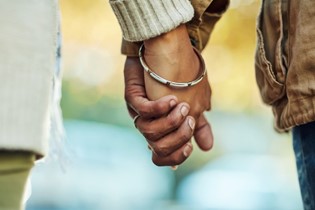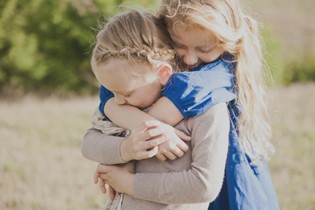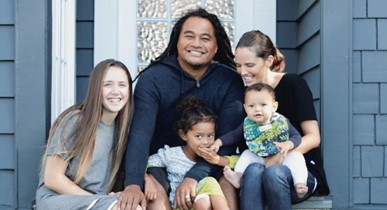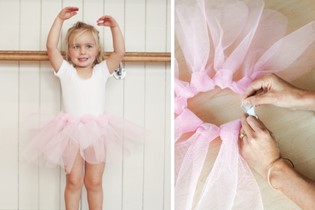Sore ears gone for good
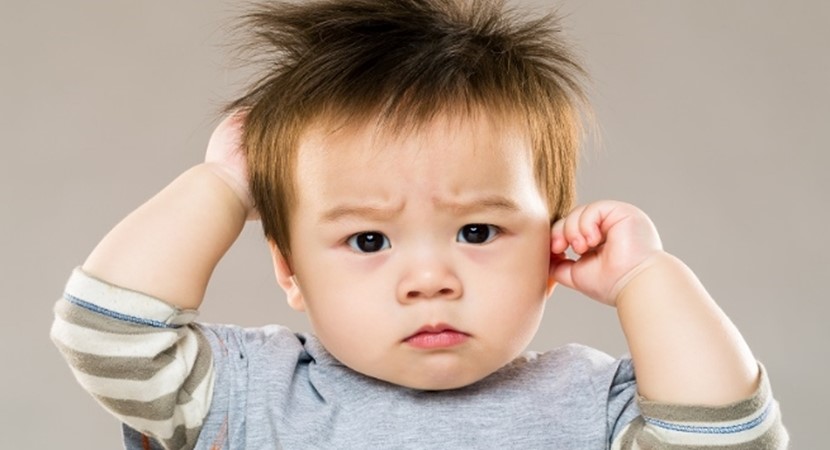
Ear infections are common in young children and, as Dr Kathleen Wills explains, a more natural approach to treatment is gaining support.
Stress. Lack of sleep. Worry. The doctor’s office feels like your second home. Another antibiotic. Please make it stop.
Infant ear aches are miserable for the entire family. However, the perpetual cycle of ear infections and antibiotics may be a distant memory once you discover the healing potential of natural medicine.
What causes ear infections?
Ear infections take place when the Eustachian tubes (tubes near the eardrum that connect the ear to the back of the throat) become blocked and can't drain fluid properly. Fluid trapped in these tubes can become a breeding ground for bacteria, fungi, and viral infection, resulting in swelling and redness of the eardrum, and a generally harmless, but painful, infection.
The symptoms of ear infections include headaches, fever, crying more than usual, pulling or tugging on ear/s, and a runny nose.
Will antibiotics help?
Only one in eight children will actually benefit from an antibiotic for bacterial ear infections. Antibiotics are ineffective for fungal and viral ear infections, the cause of ear ache in a majority of cases. With the antibiotic-resistance of superbugs developing, it is best to use antibiotics only when absolutely necessary.
Why are babies more likely to get ear infections than older kids?
Adenoids, infection-battling immune system cells located in the back of the throat, are especially enlarged between the ages of 18 months and two years. They work overtime between these ages as the immune system is developing and processing bacteria. Adenoids are located next to the ear’s Eustachian tubes, so it's common for bacteria to be transferred from the adenoids to the ears.
Will my baby grow out of ear infections?
Ear infections often follow allergy or cold symptoms because these conditions make fluid more likely to collect and get trapped inside the ear. Children under three are more likely to develop ear infections than older kids due to their underdeveloped immune systems and the fact that their Eustachian tubes are still growing. The Eustachian tubes in younger children are short (about 2-3 cms) and horizontal. However, by the time children are five, their tubes are three times as long and are positioned more vertically, which assists in easier fluid drainage, preventing infection.
HOW CAN I USE NATURAL MEDICINE TO HELP THE HEALING PROCESS ALONG?
Most ear infections will naturally clear up on their own within a week, but to ease swelling and pain, and to clear up infection quickly, there are some simple, natural ways to help your baby recover at home.
● Soak a flannel in moderately hot water, wring it out, and place it over the ear for 2-3 minutes. Repeat as needed to relieve the swelling and pain.
● Put a cup of either salt or rice in a large clean sock and warm it in the microwave (make sure it's not too hot), then place it on the outside of the child’s ear for 10 minutes. This is equally effective with a wheat bag. Repeat as necessary to relieve the swelling and pain.
● Breastfeed –the natural antibodies in breast milk help fend off bacteria. You can also express breast milk and put some in a dropper, lie baby on his side on your lap, administer 3-4 drops (do not put dropper inside the baby’s ear –hold just above the ear canal to release the drops), and wait five seconds for the drops to penetrate the ear. Repeat this method four to five times per day, for no more than three days.
● Try Weleda's Mullein Drops or Royal Mullein Drops, available from many naturopaths and natural health stores. Mullein is a natural flowering plant and is the key ingredient in these oil-based supplements which you use by putting one drop into the affected ear, as directed on the bottle. Note: make sure you know that the eardrum is intact before putting any oils in the ear. A ruptured eardrum will often leak a clear or pus-like fluid, nature’s way of clearing the excess. Do not administer oil in this instance.
● The supplement GSE (Grapefruit Seed Extract), along with tea tree oil, is a powerful antibacterial, anti-fungal, and anti-viral treatment which can be inserted in the affected ear. This also works well for adult ear infections.
● Certain foods can make the body vulnerable to ear infections, and other foods can prepare the immune system to fight off infections. If your child has repeated ear infections, you might consider having him tested for food allergies.
● It may help for breastfeeding mothers to consume more vitamin C while their baby has an ear infection, so stock up on organic fruits like strawberries, kiwifruit, and citrus.
● Keep both mother’s and baby’s immune systems strong with probiotics (they help support healthy bacteria in the gut to ward off infection) and vitamin D (available in drops for babies). Vitamin D is often lacking in breast milk while infant formula is fortified with it. Vitamin D is a powerful immune booster and reduces inflammation.
● Mothers who breastfeed should also get their iodine and zinc levels tested every few months to ensure they have sufficient levels of these immune-boosting nutrients for both themselves and their baby.
● See a reputable chiropractor or osteopath. Sometimes baby’s neck and back vertebrae are misaligned during the birthing process, creating blockages that can be gently manoeuvered to ensure the spine and nerves are free of unnecessary pressure. Adjustments can be made to the mouth, neck, and ears to facilitate fluid drainage from the Eustachian tubes in the ears.
Keep in mind that none of these remedies are a replacement for a doctor’s advice. Always consult your physician if you suspect an ear infection and use these natural remedies only in conjunction with their care, particularly if pain and fever last more than a day, if your child's temperature is over 38°C, and if there is fluid draining from the ears. Always consult a physician if there is vomiting or diarrhoea.
Dr Kathleen Wills is a holistic wellness doctor based in Auckland's Westmere. She holds a USA doctorate degree in Integrative Medicine (I.MD) and is a member of the Australasian Integrative Medicine Association. Visit her at drkathleenwills.com.

AS FEATURED IN ISSUE 30 OF OHbaby! MAGAZINE. CHECK OUT OTHER ARTICLES IN THIS ISSUE BELOW
